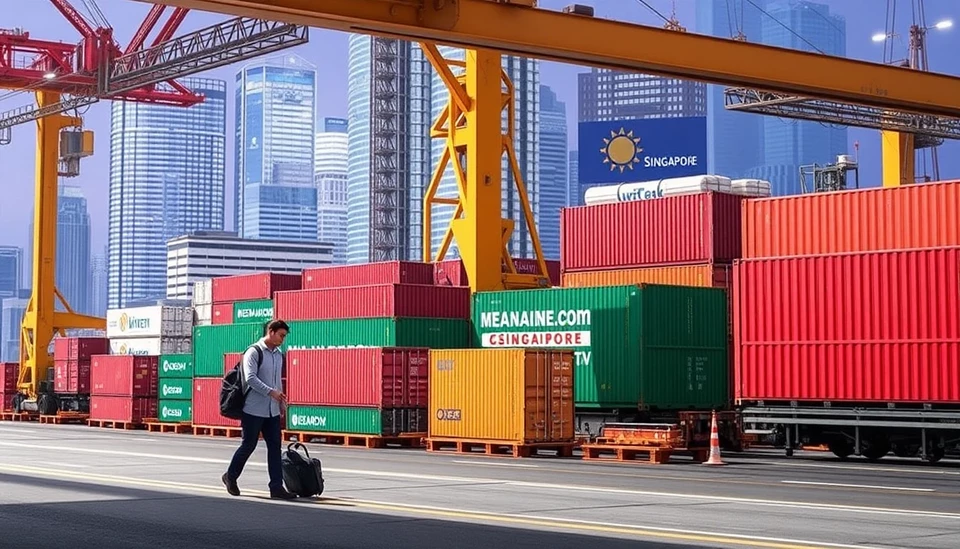
In a significant move aimed at countering potential growth risks posed by U.S. tariffs, the Monetary Authority of Singapore (MAS) has decided to ease its currency policy. This decision is part of a broader strategy to bolster the city-state’s economy amidst increasing global trade tensions.
The MAS announced that it will slightly reduce the slope of the Singdollar nominal effective exchange rate policy band. This shift is designed to address concerns regarding the impact of rising tariffs on Singaporean exports, as the U.S. has taken a more protectionist stance in recent years. Analysts believe this easing measure will help maintain Singapore’s competitive edge and support continued economic expansion.
Experts are interpreting this move as a precautionary step, especially given the backdrop of ongoing trade disputes between the United States and its trading partners, particularly China. As tariffs continue to layer costs on goods and services, Singapore’s economy, which relies heavily on trade, risks facing headwinds that could curtail growth prospects. The MAS’s decision reflects an urgent need to adapt to the shifting global economic landscape.
This policy adjustment comes in light of Singapore’s recent economic performance, which, while still showing signs of resilience, has seen a slowdown in manufacturing and export growth. By easing the currency settings, the MAS aims to foster a more favorable exchange rate that could invigorate export activities and stimulate both domestic and foreign investments.
Moreover, the MAS remains vigilant about inflationary pressures that could arise from a weaker currency. Officials are committed to balancing the need for economic stimulus with maintaining price stability, ensuring that adjustments do not undermine consumer confidence or lead to runaway inflation.
With these developments, businesses are hopeful for a more conducive environment for trade as they navigate the complexities of international markets. The MAS’s proactive stance signals a commitment to fostering a competitive economic landscape, crucial for Singapore's long-term growth objectives.
In summary, Singapore’s decision to adjust its currency policy illustrates the nation’s strategic response to global trade challenges. As the effects of U.S. tariffs loom large, the MAS’s measured approach may just be the buffer needed to navigate impending economic uncertainty.
As the Singaporean government continues to monitor both domestic and international trends, the economy’s flexibility and resilience will be tested in the months ahead, making this policy adjustment a crucial point of interest for economists and business leaders alike.
#SingaporeEconomy #CurrencyPolicy #USTariffs #TradeTensions #MAS #EconomicGrowth #GlobalTrade
Author: Daniel Foster



